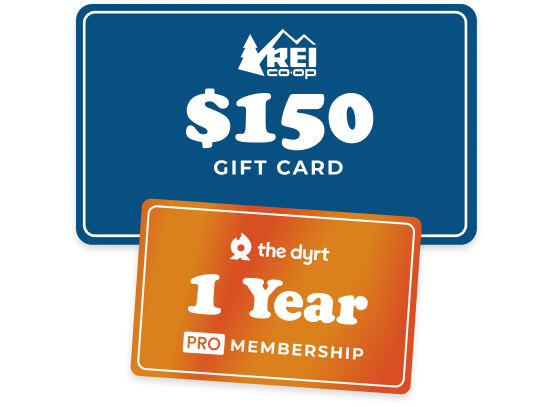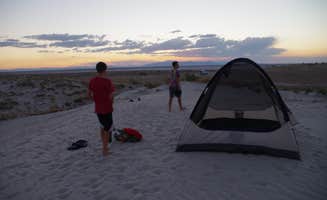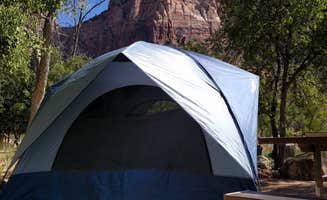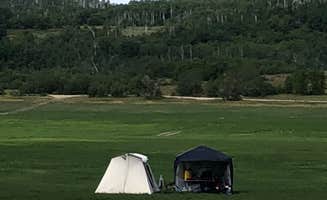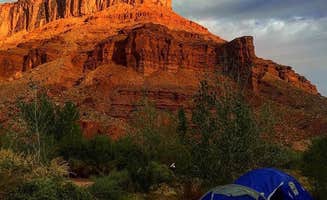Top 10+ Utah Campgrounds
Utah's camping landscape stretches from developed RV parks to remote backcountry sites, encompassing destinations like Zion National Park, Bryce Canyon, and Arches. Major campgrounds such as Watchman, South, and Devils Garden provide established camping with varying amenity levels, while dispersed options like Tom Best Spring Road in Dixie National Forest offer free, primitive alternatives. The region includes both tent and RV sites, with some locations featuring cabin accommodations and glamping options. National park campgrounds typically provide toilets, drinking water, and picnic tables, while national forest dispersed camping offers solitude with minimal amenities.
Road conditions across Utah camping areas vary significantly by location and season, with some dispersed sites requiring high-clearance vehicles for access. Campgrounds like those in Zion National Park operate year-round, while Devils Garden in Arches closes seasonally from November through February. Many national park campgrounds require reservations months in advance, particularly during the peak summer season. Elevation differences create varied climate conditions, with higher-elevation sites experiencing cooler temperatures even in summer. Flash flooding can impact low-lying areas and wash out access roads unexpectedly. "The area is absolutely beautiful but we drive a ford escape and couldn't get very far on the road as it was very eroded! Lucky if you have a higher clearance vehicle," noted one camper about Henrieville Creek in Grand Staircase.
Campers report varying experiences with privacy and solitude depending on location choice. Dispersed sites generally offer more seclusion, while established campgrounds provide consistent amenities but less isolation. National park campgrounds fill quickly during peak season, with visitors recommending early reservations. One visitor described their experience at a Forest Service dispersed site: "Great off grid spot, nice tracks off the main gravel road you can park up at. Clear spots with plenty of pine cones and firewood lying around." Cell service remains spotty throughout much of Utah's backcountry, with better coverage near towns and highways. Mixed-use campgrounds offering both RV hookups and tent sites present compromise options between amenities and natural setting, particularly along major travel corridors near national parks.

